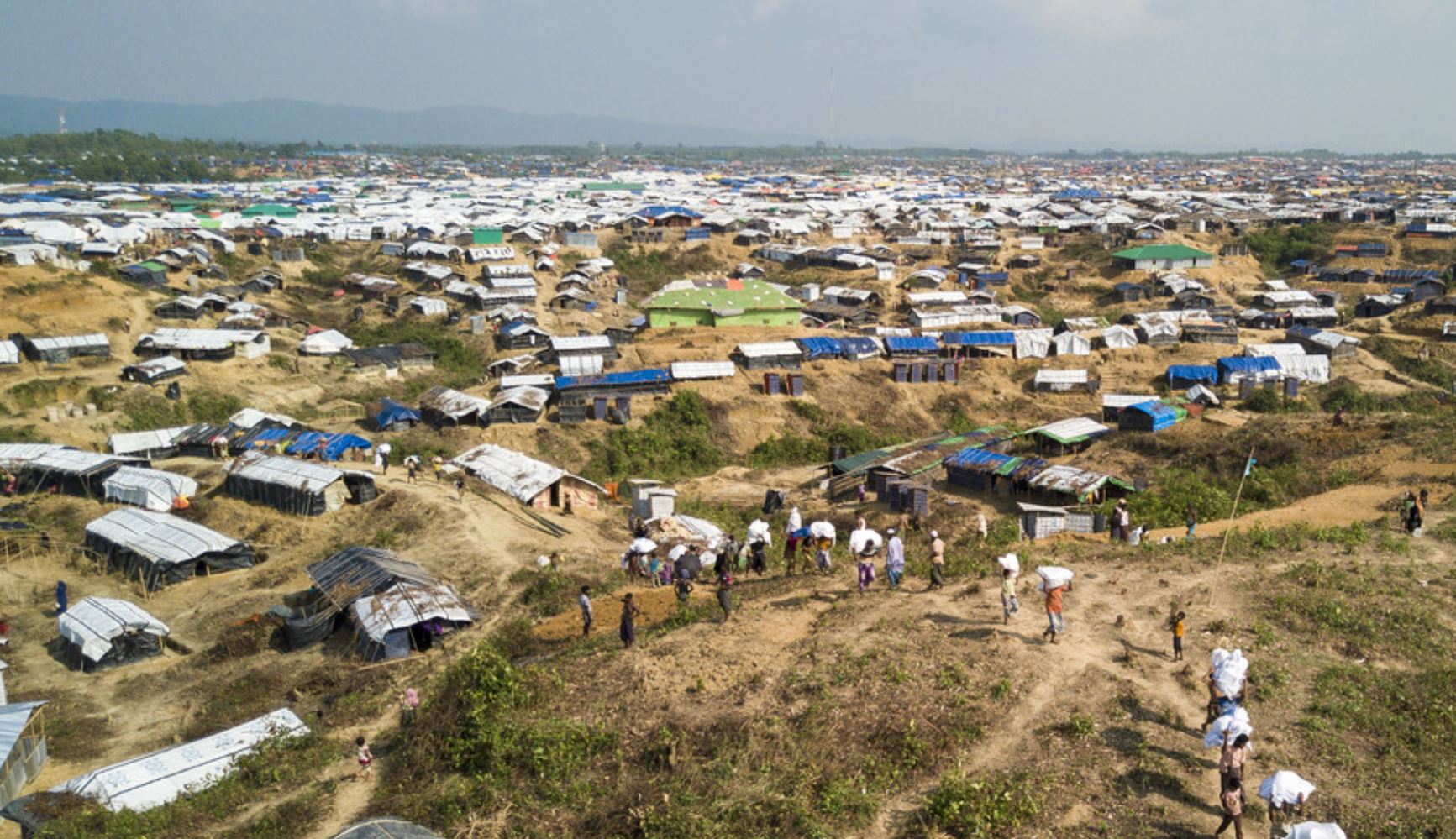An estimated 730,000 Rohingyas had crossed into Cox’s Bazar in Bangladesh three years ago in order to flee persecution in Myanmar’s Rakhine State. Although the Rohingyas, who are currently residing in Bangladeshi camps as refugees, wish to return to their homes in Rakhine State, very little has been done to create a safe environment for their return.
The challenges facing the Rohingya people, described by the United Nations as “the most persecuted minority in the world,” have unfortunately continued following their arrival in Bangladesh.
How it all began
Before their mass exodus to Bangladesh in 2017, the Rohingya people were the largest Muslim group in Myanmar. The majority of them used to reside in Myanmar’s Rakhine State. According to various estimates, they numbered around one million.
Myanmar’s government have regarded the Rohingyas as a “stateless” people within Myanmar. They have, therefore, been denied citizenship.
Even before the 2017 mass exodus, the Rohingya people had been forced to leave Myanmar in a number of ethnic cleansing efforts by the Myanmar army and extremist Buddhist groups.
However, Myanmar’s military and Buddhist extremist groups’ efforts to drive the Rohingyas out of Myanmar reached the height in the latter half of 2017. In August of the same year, the military and militias attacked Rohingya villages in Rakhine State. They burnt homes. They brutally tortured and killed many Rohingya civilians.
Compelled by the circumstances, hundreds of thousands of Rohingya started to flee their villages. They began their journey to Bangladesh, believing that a foreign land would be safer than Myanmar.
At present, more than a million Rohingya refugees are living in camps situated in Bangladesh, with an estimated average population of 100,000 people per square mile.
Among the refugees living in the camps, almost 50 percent are children and there are more women than men. They have been living in makeshift shelters made of bamboo and plastic sheets. Understandably, any structures made of such materials are likely to be intolerably hot in the summer, exposed to winds and rains during the monsoon season, and extremely cold in the winter.
The Rohingyas are bound to work secretly outside the camps, as they are not allowed to legally work and cannot leave the camps without permission.
What’s next?
Many attempts were made by the Bangladeshi government and civil society groups as well as the international community so that the Rohingyas living in Bangladesh could safely return to their homes. However, these repatriation efforts failed continuously, as Myanmar repeatedly failed to create a safe and secure environment for the Rohingyas on their side of the border.
Many experts strongly believe that Myanmar’s military-controlled-government has so far made every effort to discourage the Rohingyas from returning home. Hence, attempts to begin a safe and dignified repatriation process have failed, as refugees refuse to go back, fearing more violence.
In 2019, many local, national, and international non-government organizations called for human rights for all to be recognized in Rakhine State. They also emphasized that the Rohingya refugees should have a role in deciding the conditions for their return to Myanmar. However, there is no end in sight for this crisis and a peaceful solution is unlikely to arrive anytime soon.
[Beenish Ashraf is a member of the Global Affairs Writers’ Association. She is the author of a number of articles about human rights, humanitarian crisis, cultural hegemony, digital media and information war. Her articles have been published on Oped Column Syndication, Foreign Policy News, International Policy Digest, Indian Spectator, and OnLine Opinion (Australia), among others.]
Subscribe to Activist Post for truth, peace, and freedom news. Send resources to the front lines of peace and freedom HERE! Follow us on SoMee, HIVE, Parler, Flote, Minds, and Twitter.
Provide, Protect and Profit from what’s coming! Get a free issue of Counter Markets today.


Be the first to comment on "No End in Sight for Rohingya Crisis"